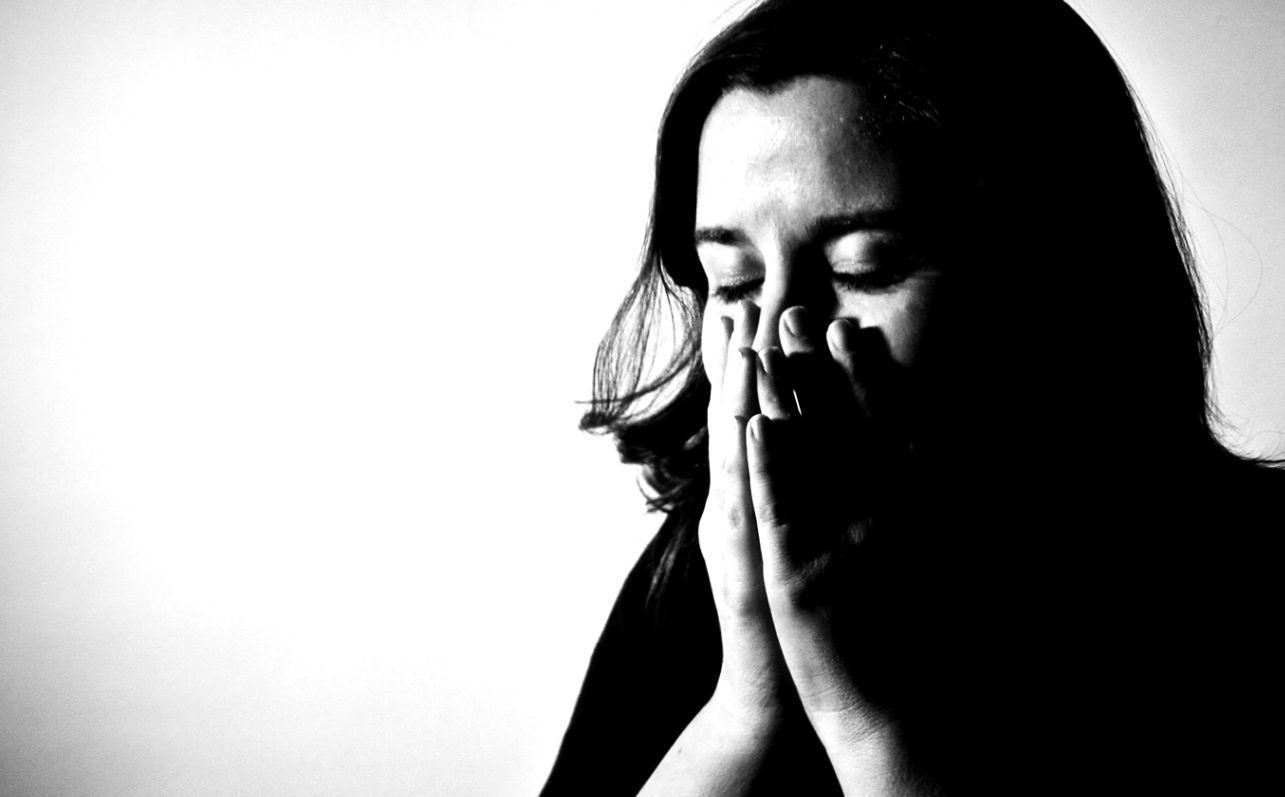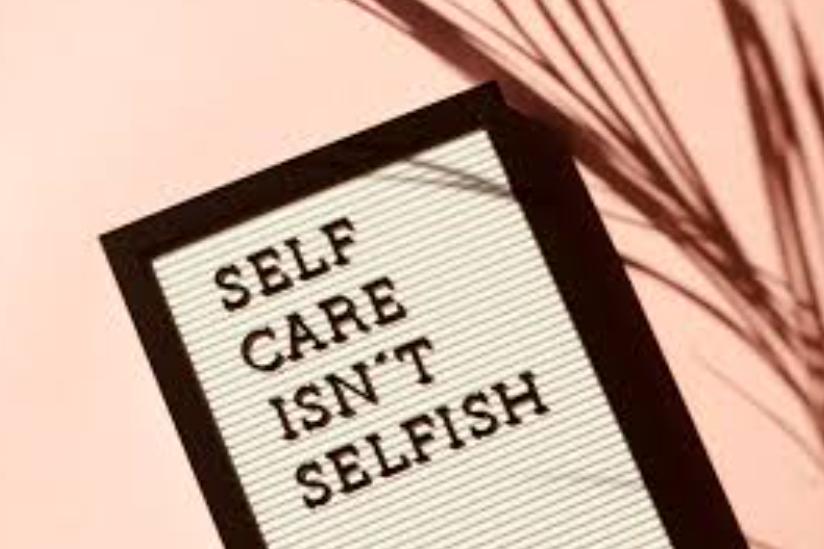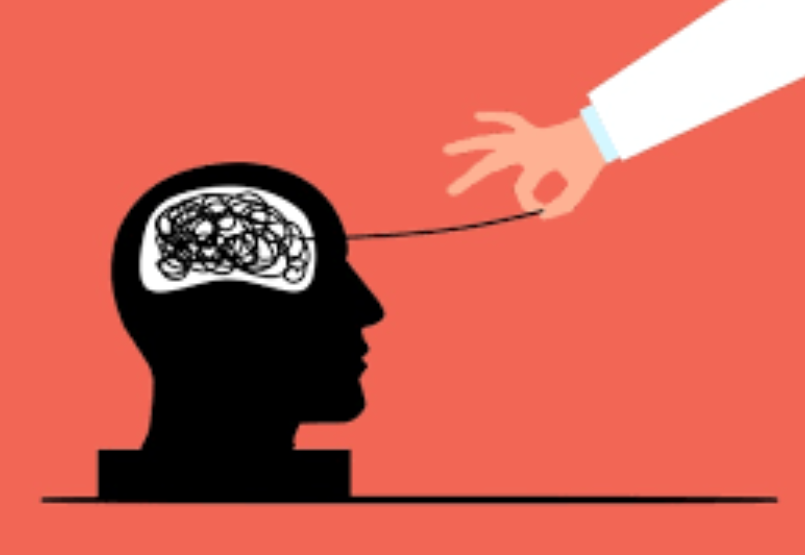India is drowning in silence.
While we celebrate our economic growth, technological prowess, and cultural heritage on the global stage, we remain willfully blind to a crisis unfolding in our homes, offices, and communities.
Mental health in India isn’t just neglected, it’s actively stigmatized, systematically ignored by policymakers, and dangerously misunderstood by society at large.
The time for comfortable conversations about this crisis has passed.
What we need now are uncomfortable truths about why 1.4 billion people continue to suffer in silence.
The statistics are staggering and shameful. According to the National Mental Health Survey of India, nearly 150 million Indians need mental healthcare, but fewer than 30 million seek treatment. This isn’t merely about access—it’s about a culture that treats mental illness as moral failure rather than medical reality.

Priya, a 28-year-old software engineer from Bangalore who experienced panic attacks during her performance reviews. When she confided in her mother about seeking therapy, she was told, “What will people say? Just pray more and stop thinking so much.”
Priya’s story isn’t unique, it’s the norm.
Across India, families routinely dismiss mental health concerns with phrases like “pagal hai kya?” (are you crazy?) or “sab dimag mein hai” (it’s all in your head), inadvertently perpetuating cycles of shame and suffering.
This stigma operates on multiple levels. At the individual level, people internalize shame about their mental state, viewing depression or anxiety as personal weakness. At the family level, mental illness is seen as a source of dishonor that could affect marriage prospects or social standing. At the community level, terms like “mental” or “pagal” are casually thrown around as insults, further reinforcing negative associations.
The consequences are deadly. India has one of the world’s highest suicide rates, with over 170,000 deaths by suicide annually, that’s one person every three minutes. Yet we continue to whisper about mental health as if acknowledging it might somehow make it more real.
Political Apathy: When Votes Matter More Than Minds?
The Indian government’s response to the mental health crisis can be characterized in one word: inadequate.
Despite the Mental Healthcare Act of 2017, which promised revolutionary changes, the ground reality remains dismal. The central government allocates less than 1% of its health budget to mental health, a figure that would be laughable if it weren’t so tragic.
India has approximately 9,000 psychiatrists for a population of 1.4 billion people, resulting in one psychiatrist for every 370,000 people. The World Health Organization recommends one psychiatrist per 10,000 people. We’re not just falling short; we’re failing catastrophically.
The political calculus is simple and cynical.
Mental health doesn’t win elections.
Unlike promises of subsidies, reservations, or infrastructure projects that yield visible, immediate benefits, mental health initiatives require long-term commitment and investment. Politicians prefer ribbon-cutting ceremonies for hospitals over the unglamorous work of training mental health professionals or conducting awareness campaigns.
Furthermore, the federal structure of Indian governance creates a convenient blame game. The central government points to state responsibilities while state governments cite lack of central funding.
Meanwhile, people suffer.
The National Mental Health Programme, launched in 1982 and supposedly expanded multiple times, remains a paper tiger with minimal ground-level impact.
The COVID-19 pandemic exposed these failures dramatically. While the government launched numerous economic packages, mental health support remained an afterthought. Suicide rates spiked, domestic violence increased, and anxiety disorders multiplied, yet the official response was largely limited to generic advisories about “staying positive.”
Families: The Breeding Ground of Dysfunction?
The Indian family system, often romanticized as a source of support and stability, has become a significant contributor to mental health problems. The nuclear family unit, pressurized by economic stress and social expectations, often becomes a pressure cooker of unaddressed emotions and dysfunction.
The phenomenon is particularly acute in urban areas.
Take the case of Rahul, a 24-year-old from Mumbai living with his parents, younger sister, and grandmother in a two-bedroom apartment.
Rahul works 12-hour days in a consulting firm, comes home to family conflicts about his unmarried status, and struggles with depression that he can’t discuss because “boys don’t cry” in his household. His sister faces pressure about her career choices and weight, while their mother silently battles anxiety about the family’s finances. The grandmother, dealing with age-related cognitive decline, becomes irritable, adding another layer of stress. This family represents millions across India.




 Dr. Jaimine Vaishnav is a faculty of geopolitics and world economy and other liberal arts subjects, a researcher with publications in SCI and ABDC journals, and an author of 6 books specializing in informal economies, mass media, and street entrepreneurship. With over a decade of experience as an academic and options trader, he is keen on bridging the grassroots business practices with global economic thought. His work emphasizes resilience, innovation, and human action in everyday human life. He can be contacted on jaiminism@hotmail.co.in for further communication.
Dr. Jaimine Vaishnav is a faculty of geopolitics and world economy and other liberal arts subjects, a researcher with publications in SCI and ABDC journals, and an author of 6 books specializing in informal economies, mass media, and street entrepreneurship. With over a decade of experience as an academic and options trader, he is keen on bridging the grassroots business practices with global economic thought. His work emphasizes resilience, innovation, and human action in everyday human life. He can be contacted on jaiminism@hotmail.co.in for further communication.